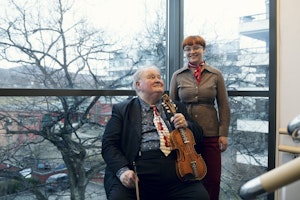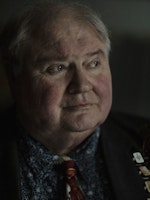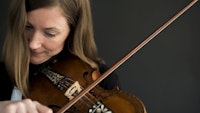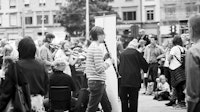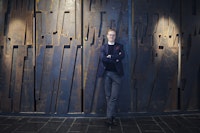“It’s no use being a bird if you can’t get air under your wings. Then you’re just sitting in your cage,” says Knut Buen.
As an award-winning composer and professor of folk music at the NMH, he is keen to give students enough air under their wings while they are preparing to take part in the Sound of the NMH festival. Folk music students and students in the Bachelor of Music with Individual Concentration programme are collaborating on presenting the music and lyrics from Buen’s book Sitring.
The five pianists who will present pieces from Buen’s newly released collection of 17 tunes for Hardanger fiddle come from all over the world.
“It’s fun that they interpret the tunes on the basis of their cultural backgrounds. After all, the whole idea is to encounter each other in music. It’s all about interplay. About getting the sympathetic strings to vibrate. Outside of the wavelengths, there’s no hope. It’s about reaching each other from a distance and over the abyss without losing oneself in the process,” says Buen.
